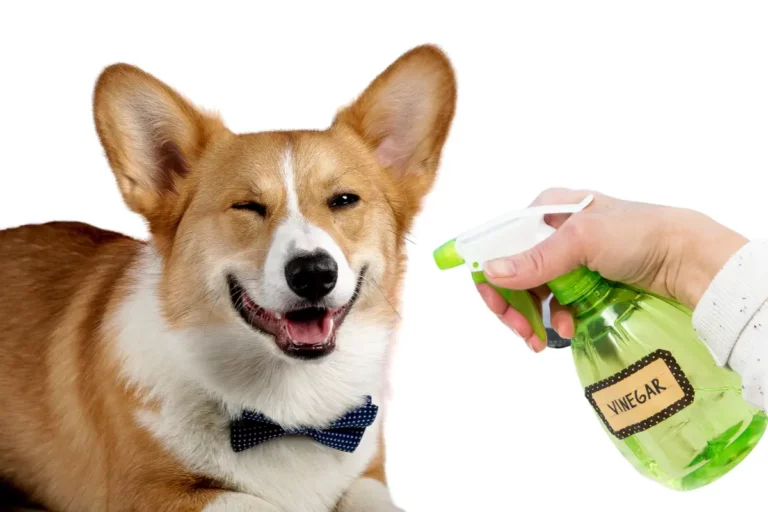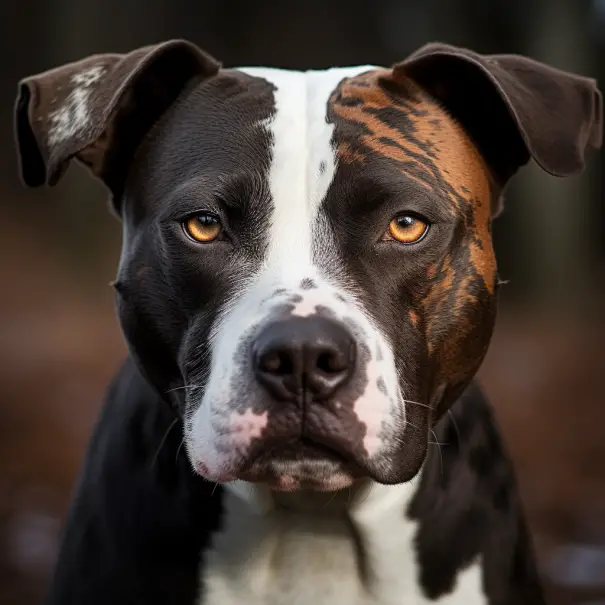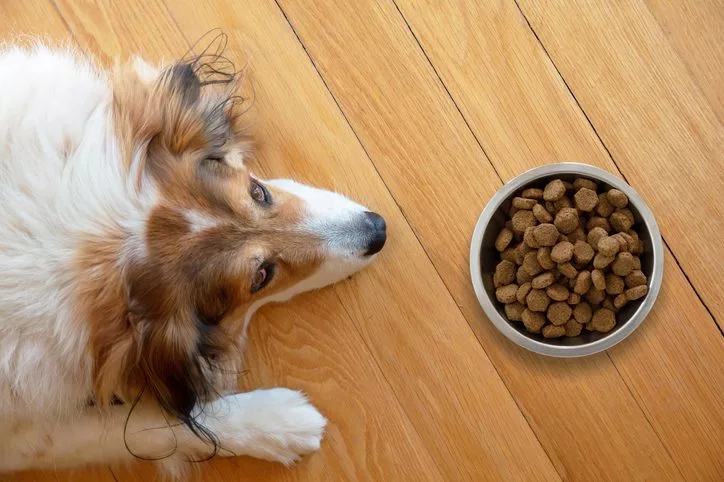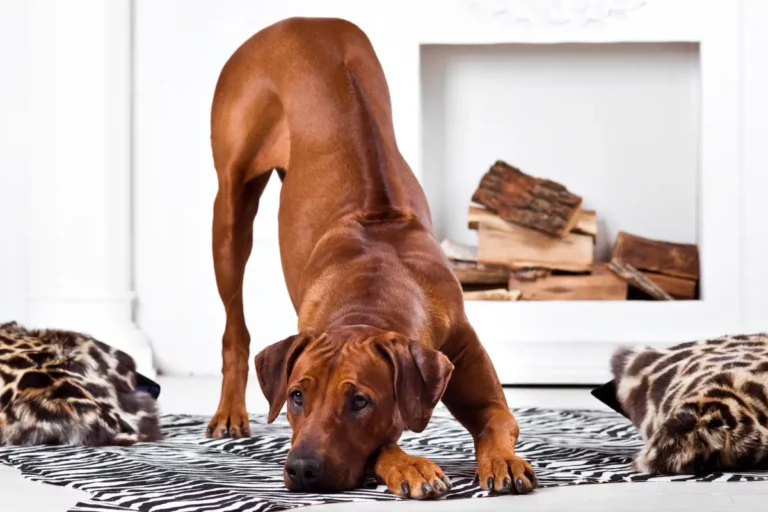What Smell Do Dogs Hate to Pee On? [Top 5 Scents & More]
Have you ever wondered why your dog chooses to pee on certain spots while avoiding others? It turns out that certain smells can be a powerful deterrent for dogs when it comes to selecting their bathroom spots.
As a dog owner or pet care professional, understanding these smells can help you maintain a cleaner home and prevent unwanted accidents. In this guide, we’ll dive into the fascinating world of canine olfactory preferences and explore the scents that can discourage dogs from peeing on specific areas.
So, let’s delve into the surprising scents dogs hate to pee on and learn how to use this knowledge to our advantage.
Key takeaways
Dogs typically dislike strong, pungent smells, including citrus, chili pepper, vinegar, and ammonia.
These smells can deter dogs from peeing in certain areas.
Essential oils like eucalyptus, cinnamon, and sour apple are also effective in discouraging dogs from peeing on certain surfaces.
Never apply these substances directly to your dog as they can cause irritation.
Always use smells to deter dogs from peeing in moderation and in a way that doesn’t cause discomfort or distress to the dog.
If a dog continues to pee inappropriately, it might be worth consulting a vet or a professional dog trainer.
The Top 5 Scents Dogs Hate to Pee On
Now that we have a better understanding of how a dog’s sense of smell works, let’s explore the top 5 scents that dogs tend to avoid when choosing a place to pee. These smells can be utilized to create a powerful deterrent that keeps your home clean and accident-free.
1. Citrus Fruits
- Dogs generally dislike the strong, tangy scent of citrus fruits such as lemons, oranges, and grapefruits. This aversion can be attributed to the presence of limonene, a chemical compound found in citrus fruit peels.
- To use citrus scents as a deterrent, try placing citrus peels or diluted citrus essential oils in the areas you want to keep your dog away from.
2. Vinegar
- The pungent, sour smell of vinegar is another scent that dogs find repulsive. The acetic acid in vinegar creates a sharp, unpleasant odor that deters dogs from peeing nearby.
- Mix equal parts water and white vinegar to create a safe and effective spray. Apply it to the areas you want your dog to avoid, but be cautious about using vinegar on delicate surfaces, as it can be corrosive.
3. Ammonia
- Ammonia is a smell that dogs naturally find offensive due to its irritating and overpowering odor. However, it is essential to exercise caution when using ammonia-based products, as they can be toxic to both humans and pets if ingested or inhaled in high concentrations.
- To use ammonia safely, dilute it with water and apply it to the desired areas sparingly, ensuring proper ventilation.
4. Spicy and Strong Scents
- Capsaicin, the compound responsible for the spiciness of chili peppers, can also serve as a deterrent for dogs. Other strong-smelling plants like eucalyptus can have a similar effect.
- To use these scents, create a homemade spray using water, crushed chili peppers or eucalyptus oil, and a few drops of liquid soap. Apply the mixture to areas you want your dog to avoid, but keep in mind that capsaicin can cause irritation if it comes into contact with the skin or eyes.
5. Essential Oils
- Some essential oils, such as lavender, tea tree, and peppermint, can be unappealing to dogs due to their intense aromas. However, it’s crucial to use essential oils safely, as they can be toxic if ingested or used in excessive amounts.
- Dilute the essential oils with water or a carrier oil before applying them to the areas where you want to discourage your dog from peeing. Be sure to keep the oils out of reach of your pet, as ingesting them can lead to serious health issues.
By using these scents strategically, you can create a powerful deterrent that keeps your dog from peeing in unwanted areas and helps maintain a cleaner, more hygienic home.
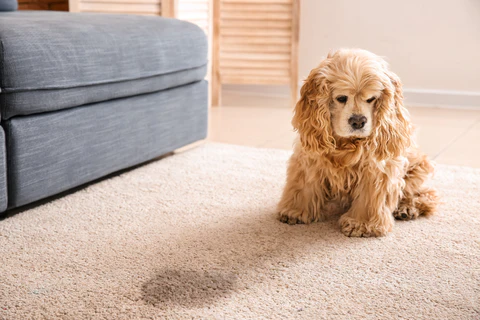
The Science Behind a Dog’s Sense of Smell
Dogs have a remarkable sense of smell, which plays a crucial role in their daily lives. From tracking prey to detecting potential dangers, their powerful noses allow them to navigate and understand the world around them.
Let’s take a closer look at the science behind their extraordinary olfactory abilities.
A dog’s sense of smell is significantly more potent than that of humans. They possess roughly 300 million olfactory receptors in their noses, compared to the 5 million we humans have. Furthermore, the part of a dog’s brain responsible for analyzing smells is about 40 times larger than ours, proportionally speaking.
This allows dogs to detect and differentiate various odors at incredibly low concentrations, making their sense of smell anywhere from 1,000 to 100,000 times more acute than ours.
As a result of this heightened sensitivity, certain smells can be particularly offensive or irritating to dogs. These smells can be used strategically to deter dogs from peeing in specific areas, as they will naturally avoid them in favor of more neutral or appealing scents.
Understanding which smells can trigger these aversions is the key to creating an effective deterrent and maintaining a cleaner living space for you and your furry friend.
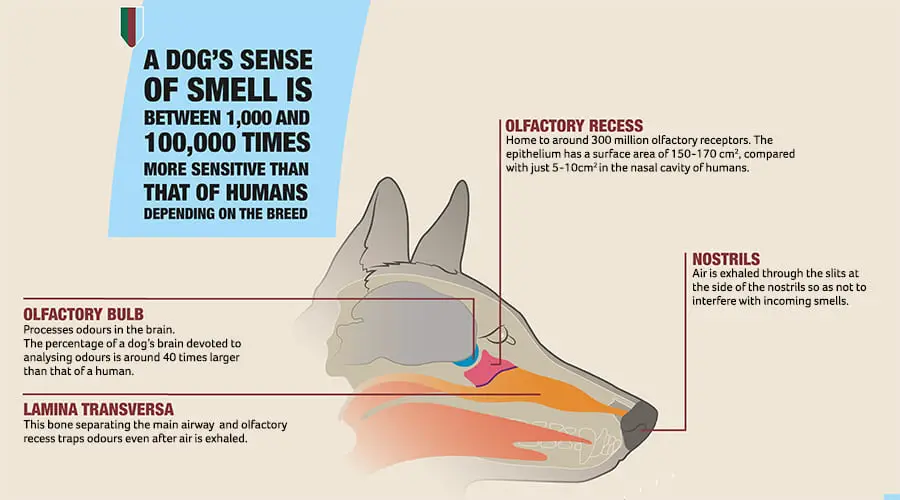
How to Create Your Own Dog Pee Deterrent Spray
Creating a homemade dog pee deterrent spray can be an effective, natural, and safe way to prevent your dog from peeing in specific areas. Follow this step-by-step guide to make your own dog pee deterrent using some of the scents we’ve discussed.
Ingredients:
- 1 cup water
- 1/2 cup white vinegar or lemon juice
- 10 drops of essential oil (e.g., lavender, eucalyptus, or citrus)
- A few crushed chili peppers (optional)
- A spray bottle
Instructions:
- Combine the water and white vinegar (or lemon juice) in a spray bottle. This mixture serves as the base for your deterrent spray, providing a potent and unpleasant scent for your dog.
- Add the essential oil of your choice to the spray bottle. Be sure to select a scent that dogs typically dislike, such as lavender, eucalyptus, or citrus. This will enhance the effectiveness of your deterrent spray.
- If you’d like to add an extra kick to your spray, consider including a few crushed chili peppers. This will introduce capsaicin to the mix, providing an additional layer of deterrence.
- Shake the spray bottle well to mix all the ingredients thoroughly.
- Test the spray on a small, inconspicuous area first to ensure it doesn’t damage or stain your surfaces. If no issues arise, proceed to spray the mixture on the areas where you want to discourage your dog from peeing. Reapply as needed, especially after cleaning or rain.
Remember to use the spray responsibly and consider the safety of your pet and the environment. By creating and using this homemade dog pee deterrent spray, you can effectively discourage your furry friend from peeing in unwanted areas and maintain a cleaner home.

Tips for Using Smells to Train Your Dog Not to Pee Indoors
While using smells as a deterrent can be an effective strategy to prevent your dog from peeing indoors, it’s important to remember that it should be used alongside proper training techniques. Here are some tips for successfully combining smell deterrents with other training methods to achieve the best results:
- Consistency is key: Ensure that you consistently apply the deterrent spray to the areas you want your dog to avoid. Dogs learn through repetition, so being consistent with your efforts will help them understand which areas are off-limits.
- Positive reinforcement: When training your dog, focus on rewarding good behavior rather than punishing undesirable actions. Offer treats, praise, or playtime when your dog successfully pees in the designated area. This will help them associate peeing in the correct spot with positive experiences.
- Establish a routine: Set a regular schedule for taking your dog outside to pee. This routine will help them understand when and where it’s appropriate to relieve themselves.
- Supervision and confinement: Keep a close eye on your dog, especially when they’re indoors. If you notice signs that they need to relieve themselves, such as sniffing or circling, take them to the appropriate spot immediately. Confining your dog to a designated area when you’re unable to supervise them can also help prevent accidents.
- Patience and persistence: Training your dog not to pee indoors can take time and effort. Be patient with your pet and understand that accidents may still happen occasionally. Continue to reinforce good behavior and reapply deterrents as needed.
By combining the use of smell deterrents with proper training techniques, you can effectively teach your dog not to pee indoors and maintain a cleaner, more hygienic living space for both you and your furry friend.
Possible Side Effects and Safety Precautions
While using smells to deter dogs from peeing in certain areas can be an effective strategy, it’s essential to be aware of the risks and potential side effects associated with some of these scents. Here are some safety precautions to consider when using smells to deter your dog from peeing:
- Essential oils: While essential oils can be an effective deterrent, they can also be toxic to dogs if ingested or used in excessive amounts. Always dilute essential oils with water or a carrier oil before applying them to surfaces, and ensure they are stored out of your pet’s reach.
- Ammonia: Ammonia can be irritating to both humans and pets if inhaled or ingested in high concentrations. When using ammonia-based products, be sure to dilute them with water and apply them in well-ventilated areas.
- Capsaicin: The compound found in chili peppers can cause irritation if it comes into contact with your dog’s skin or eyes. If you choose to use capsaicin as a deterrent, be cautious not to overuse it and keep it away from areas where your dog may accidentally come into contact with it.
- Vinegar: Although vinegar is generally safe for use, it can be corrosive to some surfaces. Test your vinegar solution on a small, inconspicuous area before applying it more widely to ensure it doesn’t cause damage or discoloration.
- Other pets and children: Be mindful of how these deterrents may affect other pets in your household, such as cats or birds, as well as small children. Ensure that any deterrents you use are safe for all members of your household.
By understanding the potential side effects and safety concerns associated with using smells to deter dogs from peeing, you can make informed decisions about which scents to use and how to apply them safely. This will help you achieve the desired results while minimizing the risk of harm to your pet or the environment.
Alternative Solutions for Preventing Indoor Accidents
While using smells as a deterrent can be an effective way to prevent indoor accidents, it’s important to explore alternative solutions as well. Combining different strategies can lead to better results and a cleaner, more comfortable living environment for both you and your pet. Here are some additional methods to consider:
- Crate training: Crate training is a popular method for teaching dogs not to pee indoors. By providing a safe, comfortable space for your dog, they will be less likely to soil their “den.” Make sure to take your dog outside to pee at regular intervals, and never use the crate as a punishment.
- Doggy diapers: Doggy diapers can be a temporary solution for preventing indoor accidents, especially for puppies, senior dogs, or those with medical issues. Make sure to change the diaper frequently to keep your dog clean and comfortable.
- Potty training pads: Potty training pads can be a helpful tool for teaching your dog where to pee indoors, particularly for small dogs or those living in apartments. Gradually move the pad closer to the door until your dog learns to associate going outside with relieving themselves.
- Regular bathroom breaks: Ensure that your dog has ample opportunities to relieve themselves outside. This includes taking them out first thing in the morning, after meals, and before bedtime. Pay attention to their cues and take them out as needed.
- Consult a professional: If your dog continues to struggle with indoor accidents despite your efforts, consider consulting a professional dog trainer or veterinarian. They can provide personalized guidance and recommend additional strategies tailored to your dog’s specific needs.
By exploring various solutions and combining them with the use of smell deterrents, you can create a comprehensive approach to preventing indoor accidents and maintaining a clean, hygienic home for you and your furry friend.
Frequently Asked Questions
Can these smell deterrents harm my dog?
When used responsibly and in the proper dilutions, most of the smell deterrents discussed in this guide are safe for dogs. However, it’s crucial to be aware of the potential side effects and safety concerns associated with each scent.
Always follow the recommended guidelines and consult a veterinarian if you have concerns about using a specific deterrent with your pet.
Will these scents work for all dogs?
While most dogs are likely to be deterred by the scents mentioned in this guide, individual dogs may react differently. It’s essential to observe your dog’s behavior and adjust your strategy accordingly. You may need to try several scents or combinations of scents to find the most effective solution for your specific dog.
Can I use these smell deterrents for cats as well?
Some of the scents mentioned in this guide may also be effective at deterring cats from peeing in certain areas. However, it’s important to note that cats have different sensitivities and may respond differently to certain smells.
Additionally, some essential oils can be toxic to cats, so exercise caution when using them as deterrents in a household with feline members.
How often should I reapply the deterrent spray?
The frequency with which you should reapply the deterrent spray will depend on several factors, such as the specific scent used, weather conditions, and the cleanliness of the area. In general, it’s a good idea to reapply the spray every few days or after cleaning the area.
You may need to reapply more frequently in cases of heavy rain or if the scent appears to be losing its effectiveness.
My dog is still peeing indoors despite using deterrents. What should I do?
If your dog continues to pee indoors despite using smell deterrents, it’s essential to explore alternative strategies and ensure that you’re providing proper training and reinforcement.
Consider consulting a professional dog trainer or veterinarian for personalized guidance and recommendations tailored to your dog’s specific needs.
Final Thoughts
Understanding the scents that dogs dislike can be an invaluable tool in preventing indoor accidents and maintaining a clean, hygienic home for both you and your furry friend.
By utilizing smells such as citrus, vinegar, ammonia, spicy scents, and certain essential oils, you can create a powerful deterrent that discourages your dog from peeing in unwanted areas.
However, it’s important to remember that using smell deterrents should be combined with proper training techniques, patience, and persistence.
Additionally, being aware of the potential side effects and safety concerns associated with these deterrents is essential to ensure the well-being of your pet and the environment.
By exploring alternative solutions and consulting professionals when needed, you can create a comprehensive approach to preventing indoor accidents and promoting a happy, healthy relationship with your canine companion.

